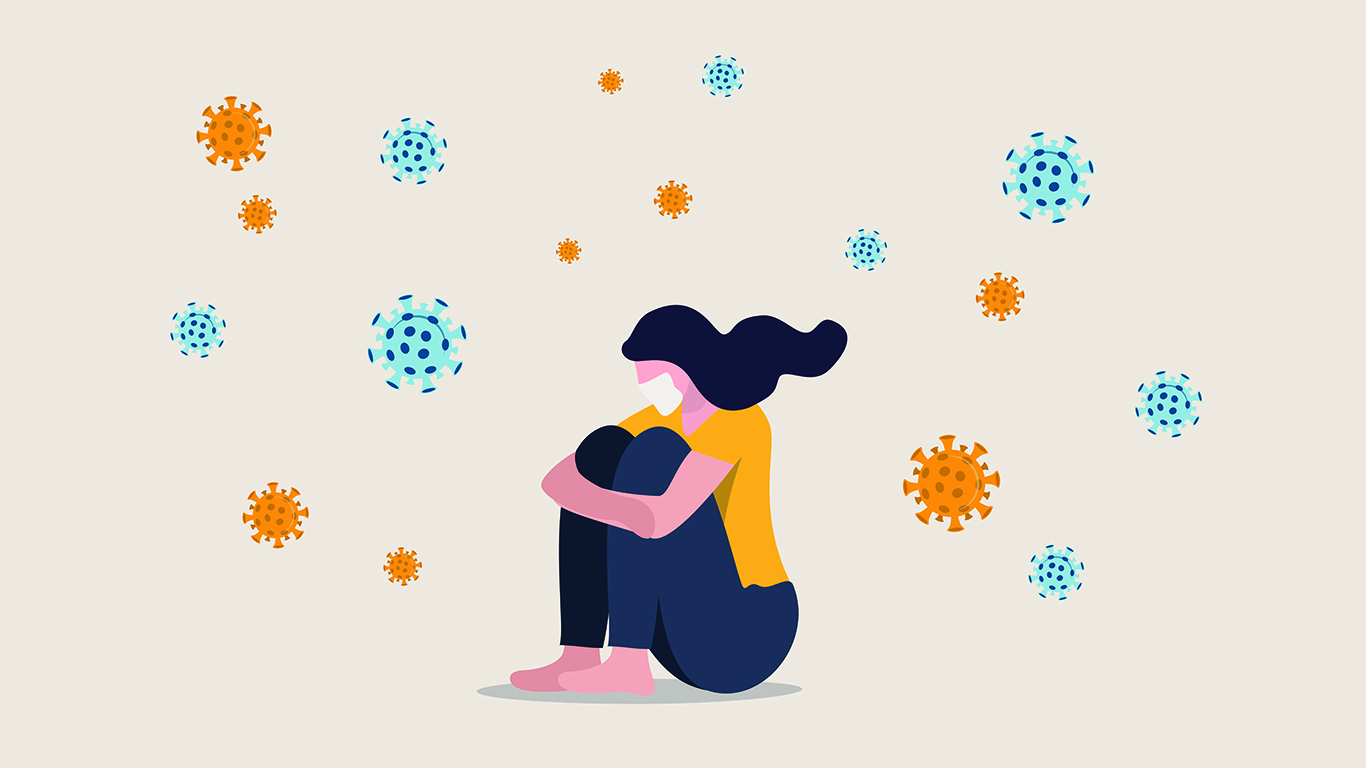What we’ve learned: Studying well-being in a pandemic

Foundational to our philosophy at Sharecare is contextualizing one’s well-being in relation to the circumstances in which they live, work, and play. So as COVID-19 began to take hold, we knew studying and understanding changes to well-being – everything from impact on mental health to financial and physical resilience, all the way to health care and food access – would be critical to equip our leaders and communities to align the right interventions and responses now and in the future.
To achieve this, we teamed up with Dr. Sandro Galea, dean of the Boston University School of Public Health, to field our “Flatten the Curve” (FTC) survey with assistance from Publicis Health Media to examine a range of consumer behaviors, needs, and attitudes in the pandemic, including adherence to public health mandates, ways people have managed the stressors and environmental changes, individual behavior patterns, and more. And amid the public health emergency, our initial analysis of 115,000 FTC responses confirms many of our concerns: financial worries, social isolation, fears about the virus itself and other stressors are reaching epic proportions, posing a significant challenge to the overall health of our populations.
Of note, we uncovered a sharp increase in levels of anxiety as well as a proliferation of financial stressors. In fact, the presence of a financial stressor introduced by the pandemic correlated with a higher likelihood of adopting at least one negative health behavior. For example, of those experiencing a decrease in pay, job loss, fear of job loss, or concerns about paying bills, we observed significant numbers of individuals sleeping less, exercising less, drinking more, or smoking and vaping more. And left unaddressed, research shows the risk of long-term health concerns like high blood pressure, heart disease, and diabetes grow higher, and can easily outlast a pandemic itself.
This connection between health and wealth is not only significant in our findings, but unfortunately, well documented across health and well-being. Although people across all socioeconomic populations are impacted by the pandemic, it’s our community context – the physical and social surroundings – making the most striking difference in our ability to recover physically and emotionally, get the care we need when we need it, and even manage our own risks for chronic diseases. With what we’ve learned from the data, our call as community and industry leaders, and organizations of all kinds is clear: To weather this pandemic, we must work together to address individual risk and institutional inequities, provide support where pandemic-driven vulnerabilities are strongest, and promote comprehensive well-being in our communities for a more resilient future for all.